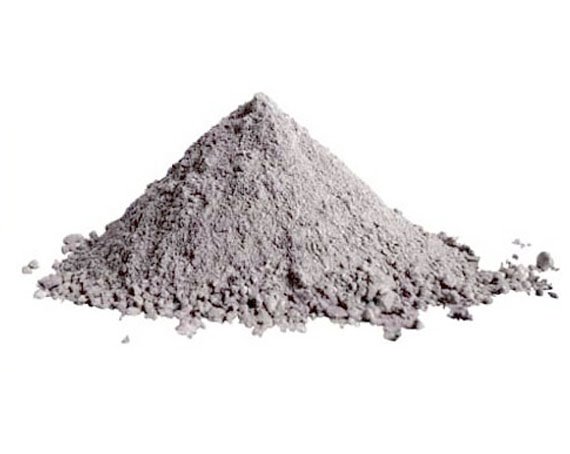What is the Most Heat-Resistant Clay? Exploring High-Temperature Clay Options by Shanghai Du Yusen Industrial Co., Ltd.
Mar 30, 2024
Introduction:
In pottery and ceramics, the choice of clay is crucial, especially when it comes to heat resistance. Whether you're creating functional cookware, artistic sculptures, or industrial refractory materials, selecting the right type of clay can make all the difference. In this blog post, Shanghai Du Yusen Industrial Co., Ltd. will explore the most heat-resistant clay options available, providing valuable insights for your projects.

Understanding Heat-Resistant Clay:
Heat resistance is a critical property for clay, particularly in applications where the finished product will be exposed to high temperatures. The most heat-resistant clays typically have high levels of alumina and silica, which provide excellent thermal stability and resistance to deformation.
Exploring High-Temperature Clay Options:
1. Fireclay:
- Fireclay is a type of clay that is highly resistant to heat due to its high alumina content.
- It is commonly used in the production of refractory bricks, kiln furniture, and other heat-resistant ceramic products.
- Fireclay can withstand temperatures of up to 1,600°C (2,912°F) or even higher, making it ideal for applications where extreme heat is a factor.
2. Kaolin Clay:
- Kaolin clay, also known as china clay, is another heat-resistant option commonly used in ceramics.
- While not as heat-resistant as fireclay, kaolin clay still offers good thermal stability, making it suitable for lower-temperature applications.
- Kaolin clay is often used in porcelain production, where it contributes to the material's white color and translucency.
3. Chamotte Clay:
- Chamotte clay is a type of clay that has been fired at a high temperature to remove organic matter and increase its heat resistance.
- This pre-fired clay is often used as an additive in clay bodies to improve their thermal shock resistance and reduce shrinkage during firing.
- Chamotte clay is particularly well-suited for applications such as kiln linings, crucibles, and furnace components.
Tips for Choosing Heat-Resistant Clay:
- Consider the specific temperature requirements of your application and choose a clay with a corresponding heat resistance level.
- Pay attention to other properties of the clay, such as plasticity, shrinkage, and color, to ensure it meets your project's needs.
- Experiment with different clay formulations and firing techniques to achieve the desired results.
Conclusion:
When it comes to heat-resistant clay, selecting the right type is essential for achieving successful results in pottery, ceramics, and industrial applications. By understanding the characteristics of different clay options and considering your specific requirements, you can choose the most suitable clay for your projects. For high-quality clay products and expert advice, trust Shanghai Du Yusen Industrial Co., Ltd. to meet your needs.
Tags :